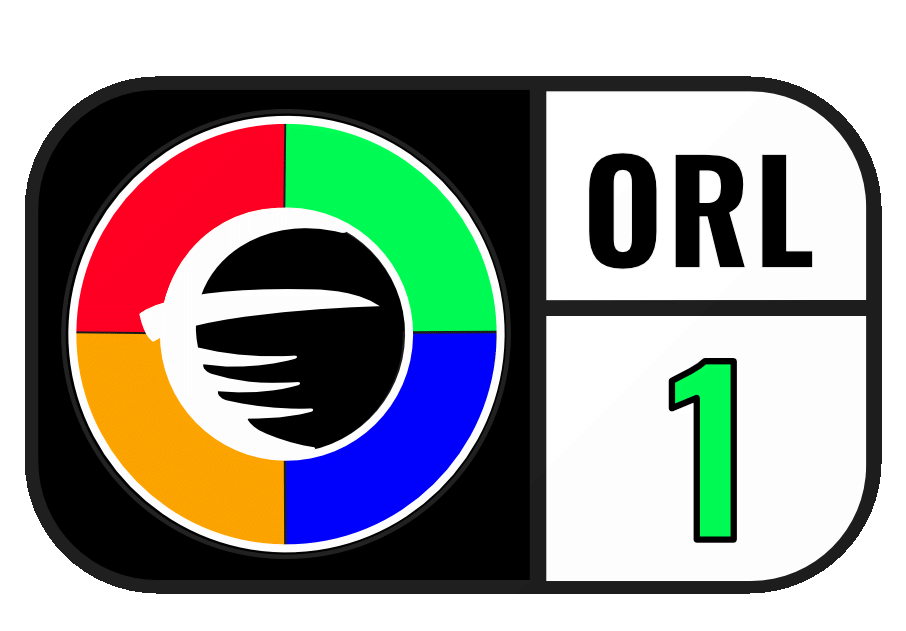Join us at the 2026 January ESIP Meeting! Register.
Operational Readiness Levels
The Earth Science Information Partners Disasters Lifecycle Cluster in collaboration with the All Hazards Consortium (AHC) are evolving Operational Readiness Levels (ORLs) to add levels of trust for Electric Sector Emergency Response, Electric Sector and Emergency Management Damage Assessment, and for emergency management personnel at state and federal levels. The ORLs are designed to accelerate data-driven decision making between public and private organizations in communications, transportation, energy, food, agriculture, fuel and medical supply sectors.
The ORL model is a tool that allows us to translate the operational readiness of a dataset from technical data characteristics to an easy-ti-understand, standardized ranking. Datasets are ranked between 1 (Highest level of operational reliability) to 4 (Lowest level operational reliability). Datasets ranked at an ORL Level of 1 or 2 are considered “operational”. Users of these data may make data-driven decisions with confidence in the dataset. Datasets ranked at an ORL Level of 3 or 4 are considered “non-operational”. Users may still use datasets at this level, but caution should be taken, as the level of confidence in the dataset is limited. It is recommended that users not use thee datasets in an operational setting, but rather for “test-runs” and trials.
The power of the Model is in the immediate recognition of dataset reliability, and its shortcomings. This allows for decision-makers to make better data-driven decisions, and ultimately, for data providers to provide better data.
ORL 1
- Trusted and vetted source
- Secure data transfer
- Optimized interoperability standards
- Data sharable and consumable with service availability guarantees
- Change notifications issued
- Verified and tested
- Metadata completeness

ORL 2
- Trusted and vetted source
- Secure data transfer
- Optimized interoperability standards
- Data sharable and consumable with service availability guarantees
- Some metadata missing

ORL 3
- Trusted and vetted source
- Not secure data transfer
- Mostly interoperable
- Some “down time”
- Limited metadata

ORL 4
- Trusted and vetted source
- Not secure data transfer
- Mostly interoperable
- Some “down time”
- In testing / development phase
- No metadata

About ORLs
The ORL framework was created to enable rapid decision making through ‘trust levels’ that can be easily identified in an operational workflow. ORLs can also improve the transition of research-level datasets into operational environments. Datasets are ranked between 1 and 4, with ORL 1 as the highest level of operational reliability. However, not all data needs to be at an ORL 1 ranking to have value for decision-making. ORL rankings travel with the data as it is passed along to other decision-makers, enabling a broad range of data analysts and decision-makers to immediately understand the reliability of the dataset without having to know the technical details. Over time, we anticipate ORLs being embedded in the metadata as new users get exposed to more science data in their decision-making worlflows.
Purpose
The purpose of the ORLs is to make Earth science data more trusted and to improve data-driven decision-making during disaster response and recovery. The ORLs empower data professionals and operational decision-makers to turn the massive amount of data available today into verified information that can be used to inform decisions during evolving disasters and crisis situations.
Criteria
The criteria for the ORLs and a flowchart assessment tool was exercised by the AHC team at Duke Energy for response to the 2018 Hurricane Florence and proved to be very useful. The initial ORL criteria have been defined for the electric sector’s use to transport work crews and restore power after destructive storms. Over time the usability criteria is expected to evolve for different disaster scenarios.



